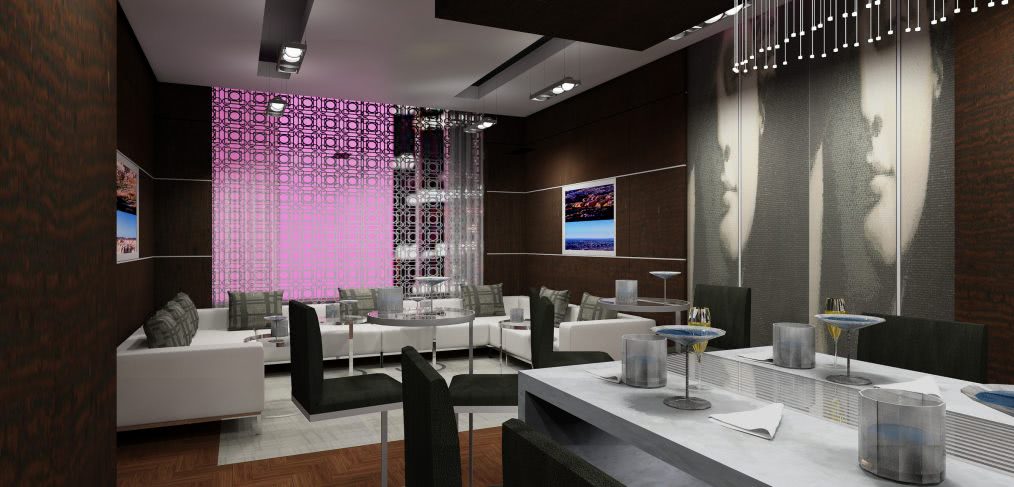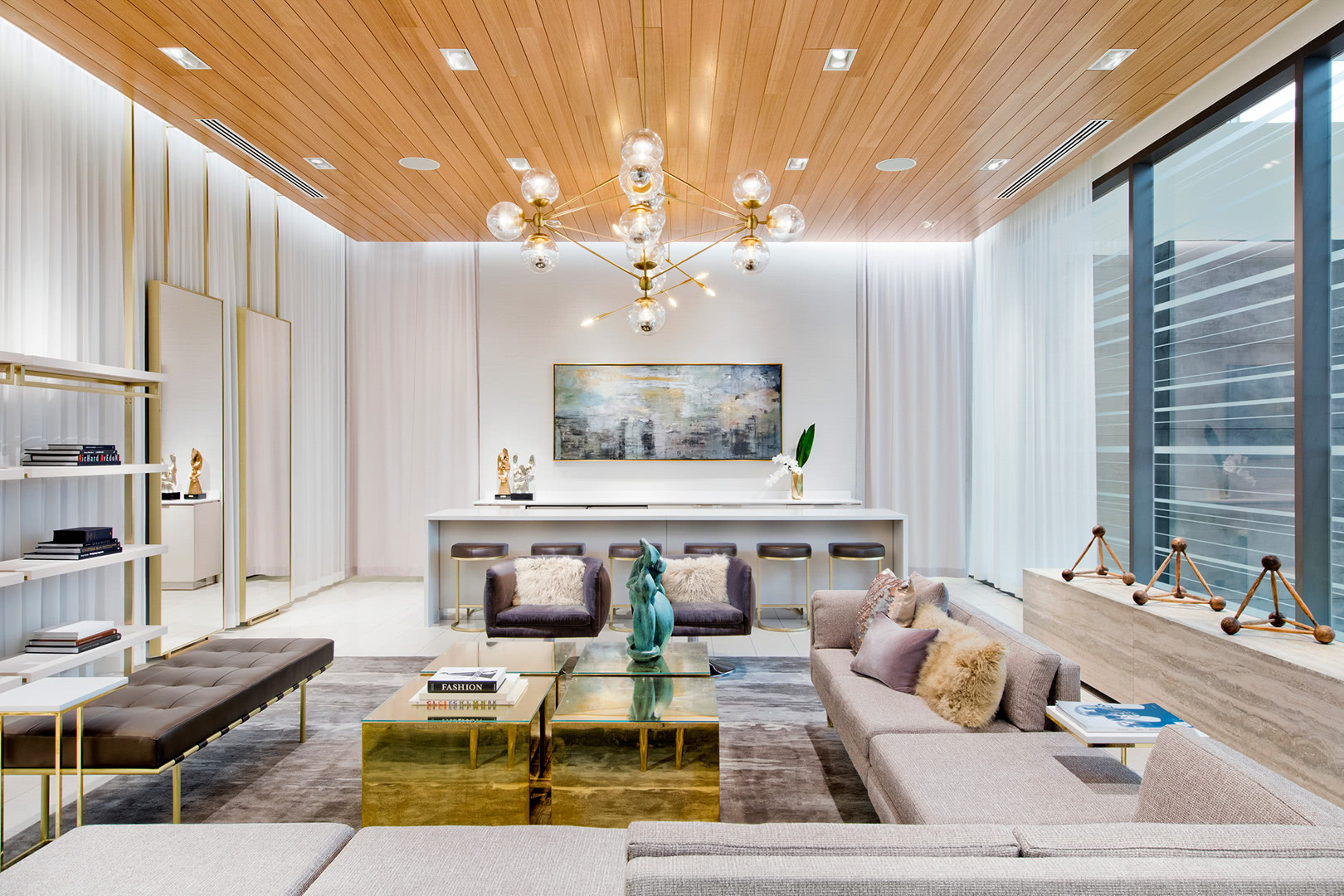
Cross-Cutting Inspiration and the Microcosmic Hotel
In search of innovation, hospitality infuses the best of different design disciplines to enrich the guest experience.
In the world of hospitality design, we’re hearing the battle cry of today’s hoteliers grow bolder and louder than ever before as we move, confidently and with purpose, away from the brand flag archetypes of old: “Resist!” instead of “Color inside the lines.” “Reinvent!” instead of “Don’t rock the boat.” “Think outside of the box!” instead of “Stay in your lane.”
It’s no secret that many well-established brands are seeking big design changes to appeal to the more informed tastes of today’s sophisticated travelers. And for many of them, this means looking outside of the hotel and delving into other building typologies to identify inspirational cues that will set them apart from the competition.
What does that look like, exactly? It looks like Marriott engaging a retail design firm as part of its reinvention process for their core business brand and taking inspiration from in-store displays, racks and shelving to revamp their run-of-the-mill guestroom closets and, in doing so, better addressing the needs of business travelers while raising their guestroom design street cred. It looks like hoteliers enlivening under-utilized, inactivated space with mobile, easily relocated pop-up retail and food and beverage venues—used so successfully by retailers facing crippling rents and intense online competition—enabling them to fluidly adapt to changing market trends and preferences.

An example of retail environments blurring with hospitality.
But the benefits of cross-cutting design expertise don’t stop there: meetings and events have always been a big chunk of the hospitality business, but with 46% of employees admitting they’d rather do any unpleasant activity than sit in a status meeting (with 18% opting for a trip to the DMV and 17% choosing to watch paint dry), a meeting space needs to overturn the folding tables and stacking chairs in favor of something more exciting to engage the tech-enabled business traveler. People seek more than hours of note-taking while a speaker drones on and on, particularly now that we all have access to quality training courses and educational talks from the comfort of our own homes via the Lyndas and the TEDs of the world.
If hotels want to continue dominating the meetings and events sphere, adopting tips and tricks from the modern workplace is a good place to start. Progress is quicker, more immediate and happening in real-time, and collaboration is the name of the game. Sharing fresh ideas and perspectives is how sparks of innovation are fueled today, and the spaces where we meet and work need to reflect that. Meeting spaces need flexible, varied arrangements that allow guests to enjoy plush lounge seating with integrated power and presentation-enabled big screens for brainstorming sessions, as well as more focused areas where individuals can retreat to their own space to hash out the details of their bright idea.
A word of caution: while this expansive exploration for the never-been-seen-before is exciting, tread carefully. Cross-disciplinary lessons should be applied judiciously and combined with a deep understanding of the intricacies of different design typologies. For example, materials used in a commercial environment are held to higher standards of safety and durability than those applied in a residential space, and well-documented design drawings are vital for accuracy and accountability. As with any innovation, at the end of the day, it has to work.
That said, when we think of the hotel of the future, we think of it as a microcosm of an overall lifestyle; a place to live, work and play within the context of a particular brand. And so it makes sense that innovative hospitality design would combine the best of different design disciplines—the familiar and the unfamiliar—to come up with unique solutions that cater to the guest experience.
As a multidisciplinary design firm, CallisonRTKL houses hospitality, retail, residential, workplace and mixed-use expertise under the same roof. Working shoulder-to-shoulder with top influencers in each of these fields brings immeasurable benefits. Via simple osmosis and the proactive sharing of ideas—through product presentations, firmwide design charrettes or the simple act of having lunch with a colleague—our design culture encourages worlds to collide, creating exciting new galaxies of collaboration. To explore these strange new worlds, give us a call!
